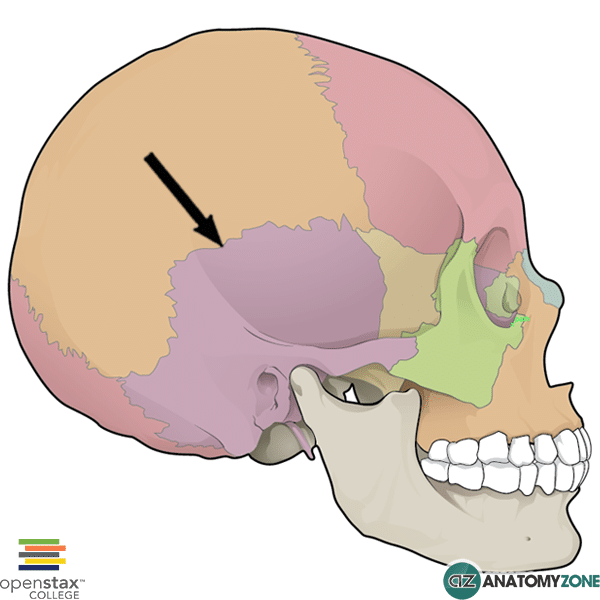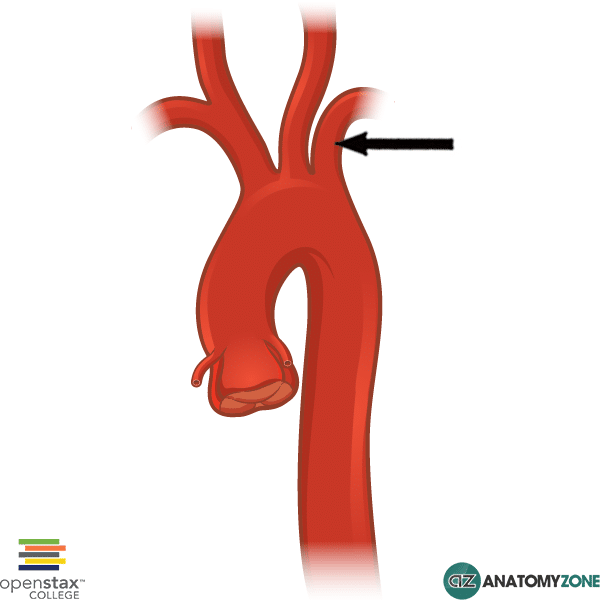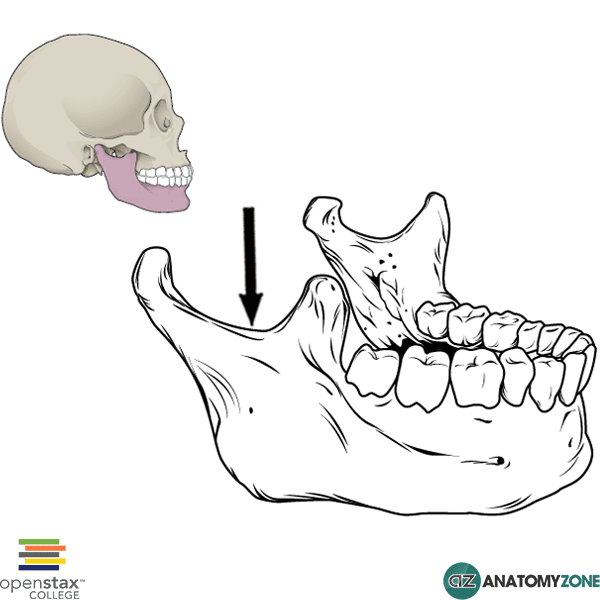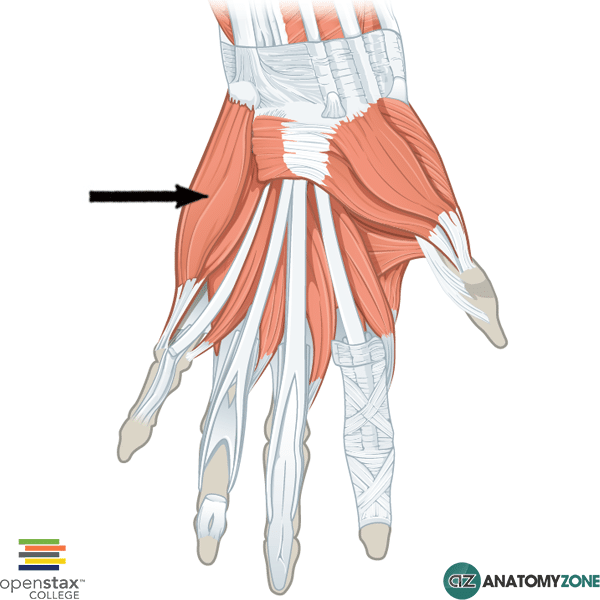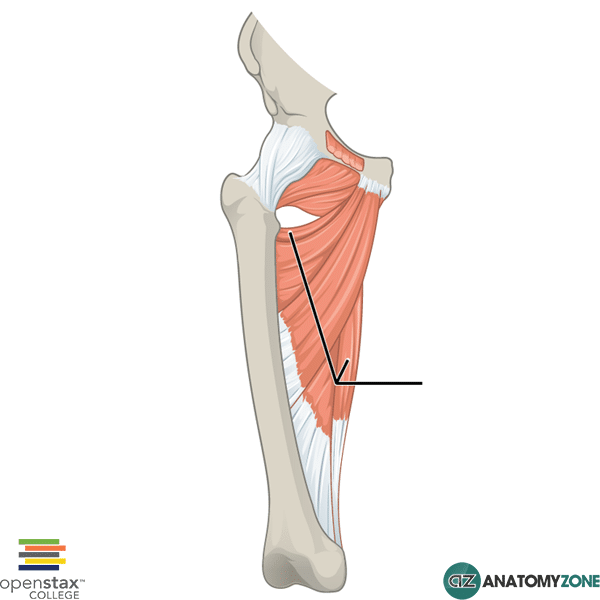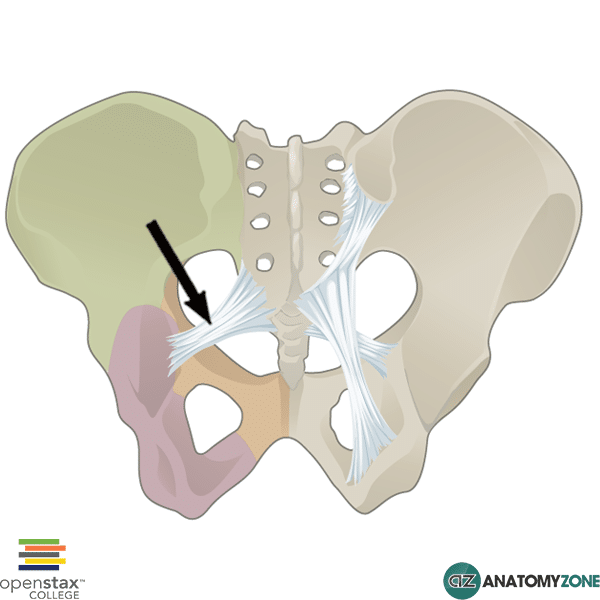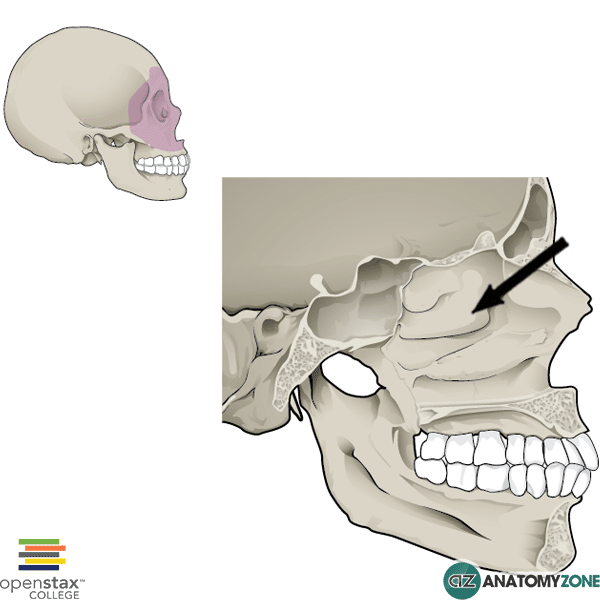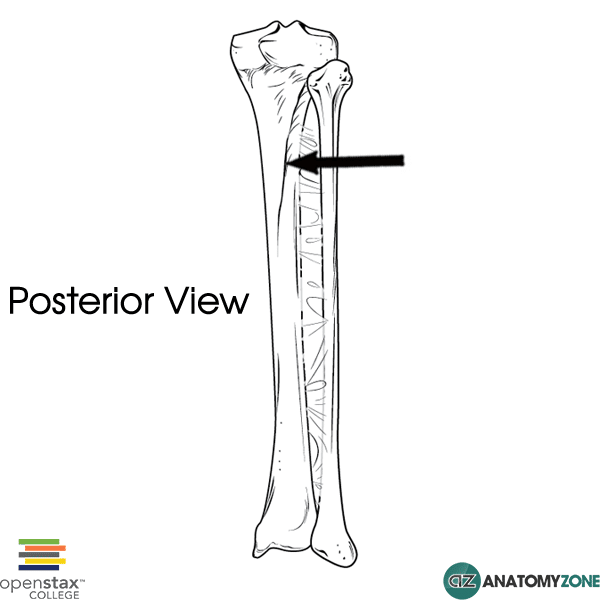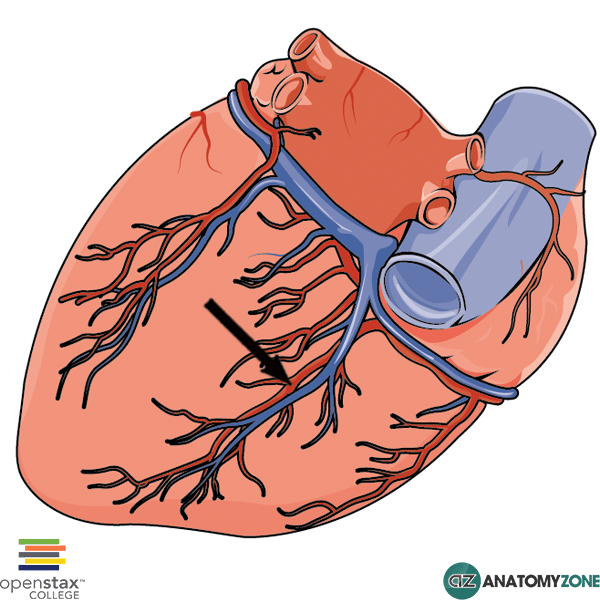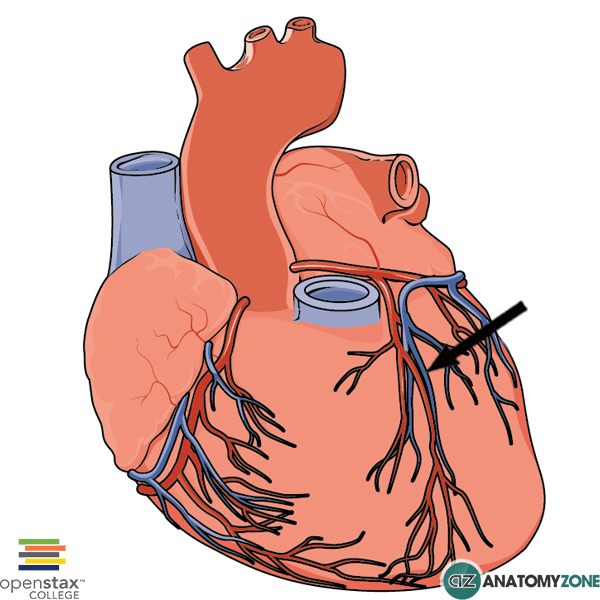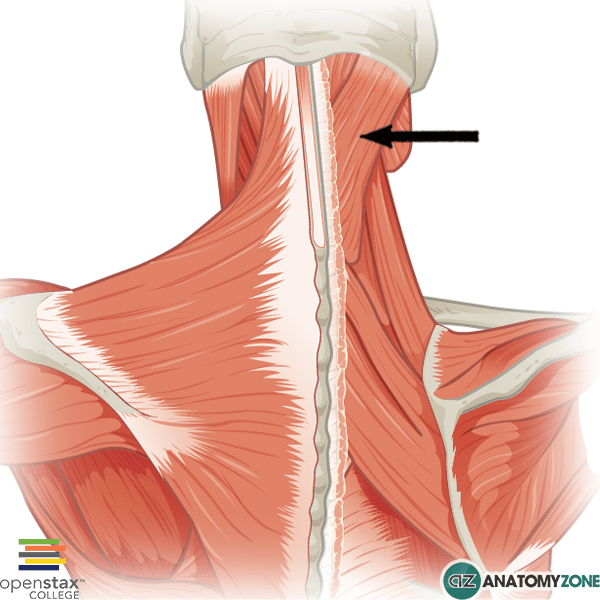What we’re now looking at is the right internal iliac artery, and we’ve removed the left, and we’ve removed the external iliac arteries. I’ve just zoomed in a little bit closer, and you can see the two trunks. One extends posteriorly and is known as the posterior trunk, and the other one, which I’ve removed the branches from and we’ll come on to talk about in a moment, is the anterior trunk. you’ve got the anterior and posterior trunk.
The posterior trunk has three branches, you’ve got the iliolumbar artery, the lateral sacral arteries and the superior gluteal artery. I’ve just zoomed out a little bit, and we’ll take a look at the iliolumbar artery. This is this artery here. If I just rotate the model around a bit further, you can see the two branches of the iliolumbar artery. You’ve got the iliac branch and the lumbar branch. I’ve just zoomed in for a better view and you can see the lumbar branch which extends superiorly just adjacent to the lumbar vertebrae. And then taking a look at the iliac branch, you can see how it runs around the iliac crest, and this artery supplies the iliacus muscle which you can see here.
Just coming back down again, the next branch is the lateral sacral arteries. If I just rotate the model around, you can see the lateral sacral arteries here, entering the anterior sacral foramina, and this artery runs just in front of the piriformis muscle, which you can see has been made transparent.
The third branch of the posterior trunk is the superior gluteal artery, and you can see this artery exiting posteriorly. And if I rotate the model around, you can see how it exits just above the piriformis muscle in the greater sciatic foramen. And we can see that it has these different branches. It’s got deep and superficial branches. If I just rotate the model around for a better angle, you can see the superficial branch coming off here, and rotating around again, you can see the deep branch, which is adherent to the gluteus minimis muscle, and this branch divides into two branches a superior and an inferior branch. That’s the posterior trunk of the internal iliac artery. Next we’ll take a look at the anterior trunk.
Now we are looking at the anterior trunk of the internal iliac artery, and as you can see it has several branches. it has up to eight branches which may be present. There is a lot of anatomical variation in the branches of the anterior trunk of the internal iliac artery, but the main branches are the umbilical artery (which gives rise to the superior vesical artery), the obturator artery, the inferior vesical artery, which in women is called the vaginal artery, the middle rectal artery, the internal pudendal artery, the inferior gluteal artery and again in women you have the uterine artery.
Starting with the first branch which you can see in this model in orange, is the obturator artery, and you can see that it runs around the upper part of the obturator internus muscle in the lateral pelvic wall, and it runs around the obturator foramen and it exits via the obturator canal. Now from this view you can actually see how the obturator artery divides into anterior and posterior trunks. And if I just rotate the model a bit more so you can see the course of this artery, you can see how it encircles the obturator foramen.
Now I’ve just removed the femur, and what you can see is a little branch of the posterior branch of the obturator artery which is given off and it supplies the head of the femur. It runs into the acetabulum and supplies the head of the femur.
Now just rotating back around again, we can take a look at the other branches. Next we have the umbilical artery. This originates in fetal life as the artery that carries deoxygenated blood from the fetus to the placenta in the umbilical cord. The umbilical artery gives off the superior vesical artery, which has numerous branches which supply the bladder, the ureter and in men the seminal vesicles and the vas deferens.
Just distal to the origin of the superior veiscal artery is the obliterated umbilical artery. this means that it is not patent, and is actually a fibrous remnant of the fetal umbilical artery, forming the medial umbilical ligament which then attaches to the anterior abdominal wall. Moving on, we can see the next artery in green.
On this model you can see this common trunk here which gives rise to two arteries: anteriorly we have the inferior vesical artery and posteriorly, in a slightly different shade of green, you can see the middle rectal artery. the inferior vesical artery doesn’t always arise from a common trunk as shown in this model, and can sometimes arise individually from the anterior trunk. The inferior vesical artery like the superior vesical artery supplies the bladder the ureter, and in men the seminal vesicles and the vas deferens.
If I just rotate the model around again, you can see the middle rectal artery coming off to supply the rectum. Something worth pointing out, is that in women the inferior vesical artery is replaced by the vaginal artery. There is a lot of variation in anatomical texts description of the vaginal artery. Some say it replaces the inferior vesical artery, some say the vaginal artery is an additional artery, and other sources say it may or may not replace the inferior vesical artery.
The next branch is the internal pudendal artery, which you can see in blue, and it exits the greater sciatic foramen between the ischiococcygeus muscle and piriformis muscle (which is translucent). It then descends and you can see how it enters the perineal region via the lesser sciatic foramen to give off several different branches.
The final branch which you can see here in purple, is the inferior gluteal artery, and in this model you can see that it kind of comes off a common trunk with the internal pudendal artery. This is sometimes see an anatomical variant. Again, the inferior gluteal artery exits via the greater sciatic foramen, and it passes like the internal pudendal artery between the piriformis and the ischiococcygeus muscle, running deep to the gluteus maximus muscle to supply the gluteal region. The final artery to mention, which isn’t visualised in this model, is the uterine artery, which is found in females. The uterine artery runs in the broad ligament to provide the major blood supply to the uterus, and it also anastomoses with other vessels which supply the arterial supply to the ovaries as well as the vagina.
So those are the branches of the internal iliac artery.
